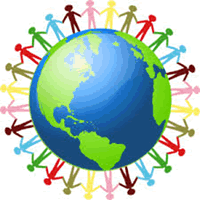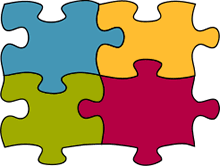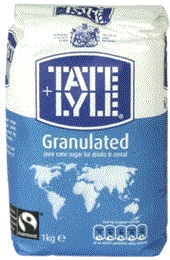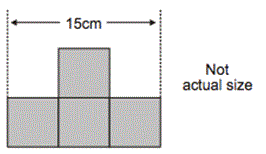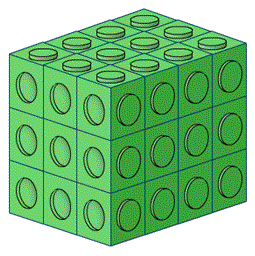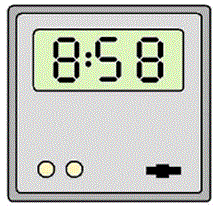This page, and all sections of the National Curriculum Resource Tool, will be removed in summer 2024. Find out more
- National Curriculum Tool
- Year 5 - Measurement
Year 5 - Measurement
New Curriculum
- convert between different units of metric measure (for example, kilometre and metre; centimetre and metre; centimetre and millimetre; gram and kilogram; litre and millilitre)
- understand and use approximate equivalences between metric units and common imperial units such as inches, pounds and pints
- measure and calculate the perimeter of composite rectilinear shapes in centimetres and metres
- calculate and compare the area of rectangles (including squares), and including using standard units, square centimetres (cm2) and square metres (m2) and estimate the area of irregular shapes
- estimate volume [for example, using 1 cm3 blocks to build cuboids (including cubes)] and capacity [for example, using water]
- solve problems involving converting between units of time
- use all four operations to solve problems involving measure [for example, length, mass, volume, money] using decimal notation, including scaling.
Non-Statutory Guidance
Pupils use their knowledge of place value and multiplication and division to convert between standard units.
Pupils calculate the perimeter of rectangles and related composite shapes, including using the relations of perimeter or area to find unknown lengths. Missing measures questions such as these can be expressed algebraically, for example 4 + 2b = 20 for a rectangle of sides 2 cm and b cm and perimeter of 20 cm.
Pupils calculate the area from scale drawings using given measurements.
Pupils use all four operations in problems involving time and money, including conversions (for example, days to weeks, expressing the answer as weeks and days).
